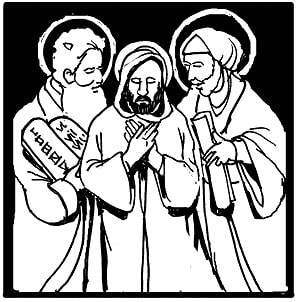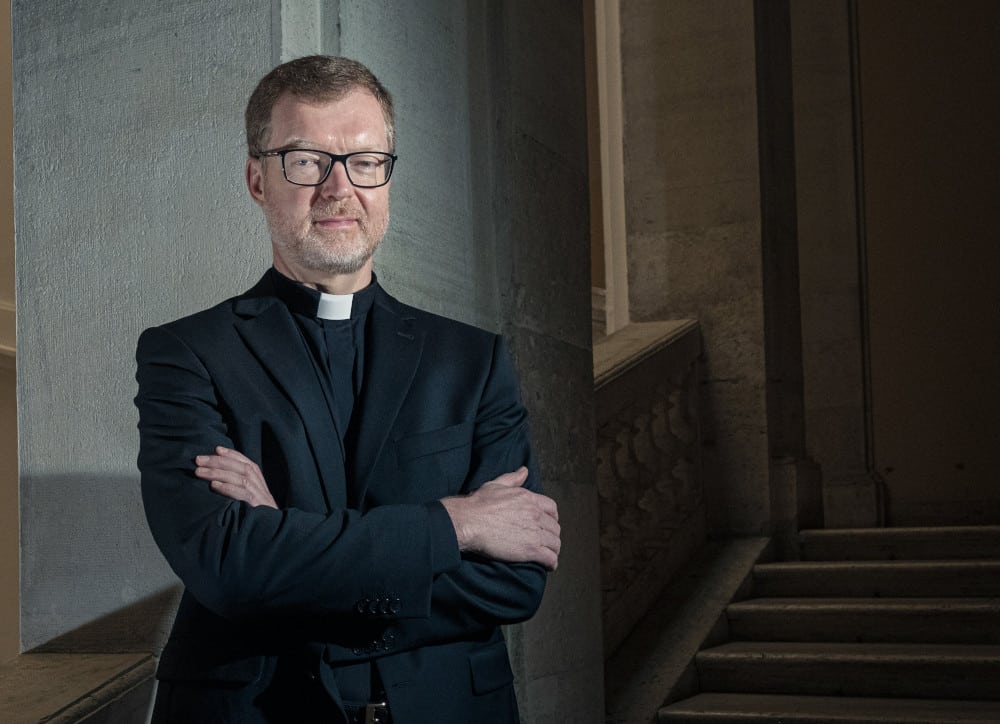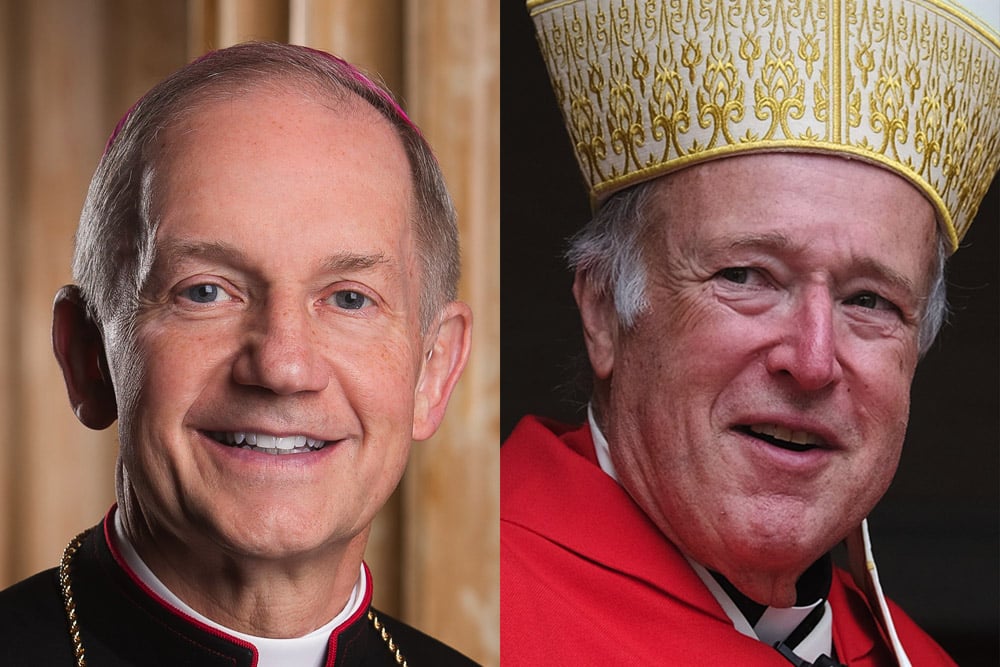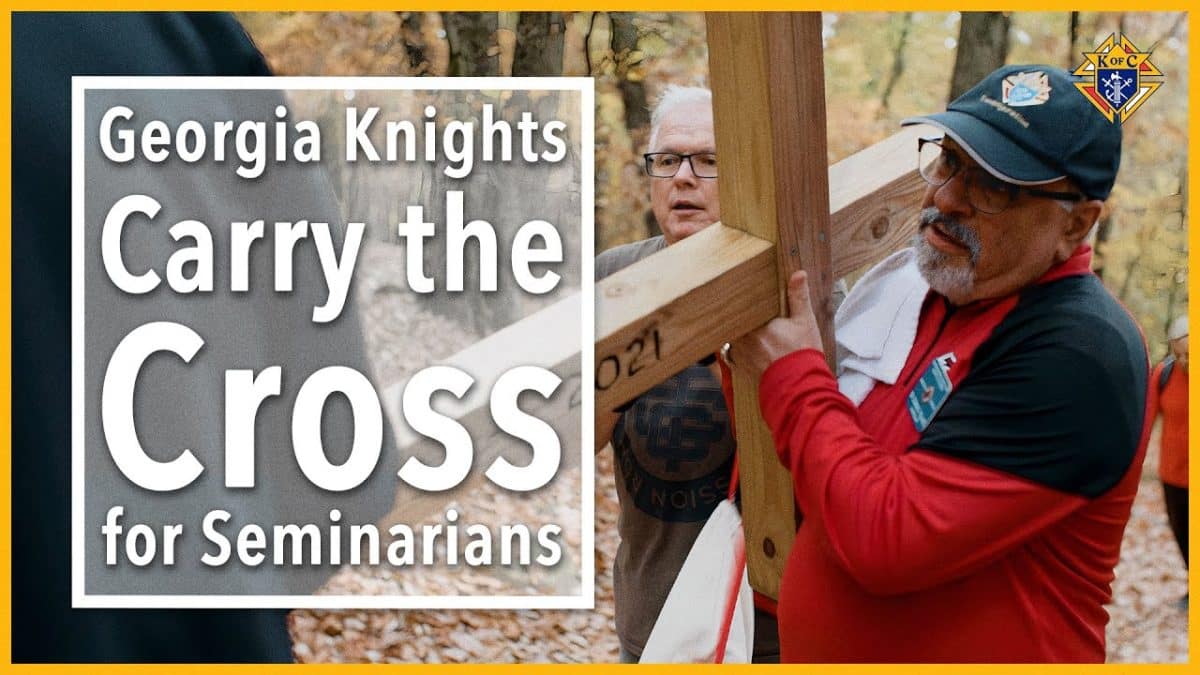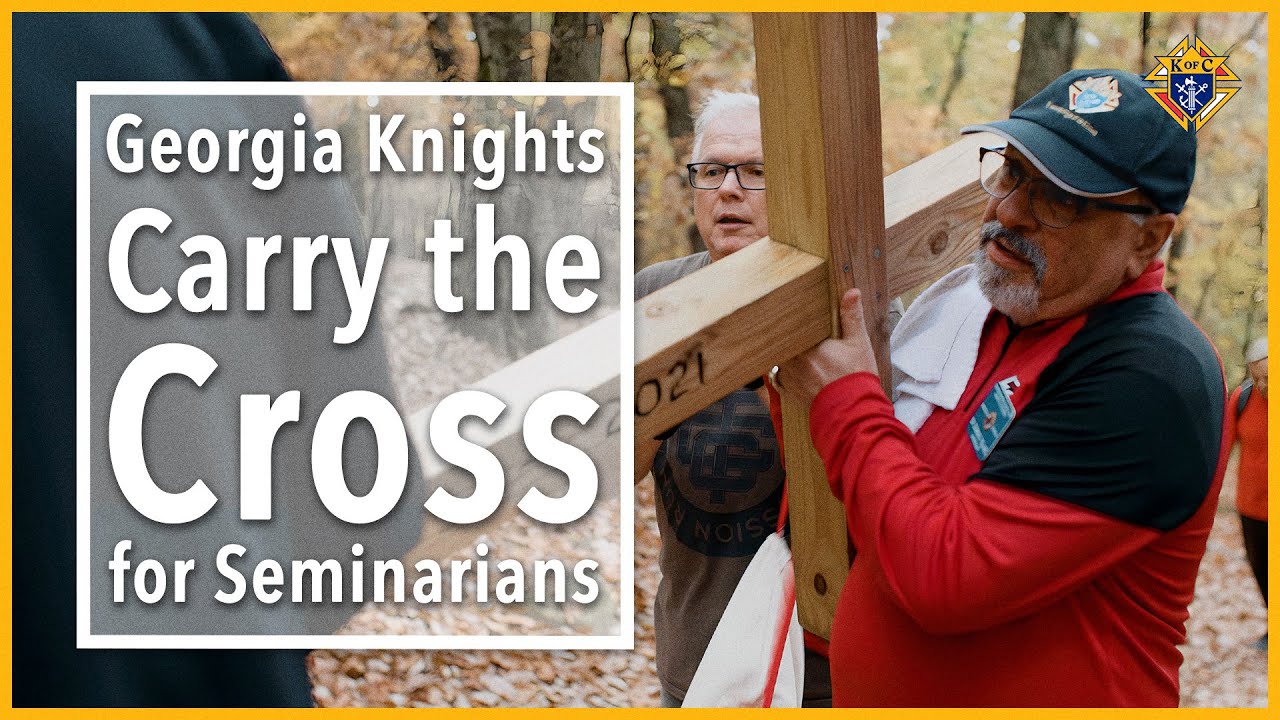“You will not be released until you have paid the last penny” (Matt 5:26).
Ez 18:21-28; Mt 5:20-26
Anyone who has struggled with resentment or the need to apologize knows how deep and all-consuming the process can be. If we don’t resolve it quickly, it will keep us awake at night and intrude on our thoughts during the day. Even if we are able to repress it, the inner conversation – like a court transcript – will move into the unconscious and pop back up into our thoughts as a kind of default setting. People who have buried a serious unresolved conflict with a friend or family member will have to deal with it later, even after someone has died. As we age, we often find our memories delivering up unresolved conflicts.
Jesus understood well the inner workings of the human heart. This is why he tells his disciples to make sure their morality goes beyond the letter of the law, to the heart, where anger and conflict remain if unresolved.
If we only keep the letter of law, even perfectly, we can miss the deeper conversion, or metanoia, that Jesus invites us to risk in order to meet the God of Mercy. More than external righteousness, we want the interior fire of holiness that transforms us from within. The path to holiness is one of continual forgiveness. As sinners, me must always be ready to forgive, not just seven times but seventy times seven, he tells Peter (Matt 18:21-22).
If some saw Jesus’ emphasis on mercy as leniency, he was in fact even more demanding. Real holiness delves into motives and desires, intentions and strategies that hide pride, envy, jealousy and resentment. So, he tells his disciples that anyone who hates his brother is entertaining murder, and before he can take his gift to the altar he must reconcile with that brother. How can we meet God in worship if we are not at peace with one another?
The longest journey we make is in the line for holy Communion, letting go of our hurts and angers in order to be filled with God’s love. ”Lord, I am not worthy to enter your house; only say the word and my soul shall be healed.” We forgive to be forgiven. Then we can meet the God of absolute mercy.
To illustrate, Jesus uses the example of two litigants on their way to court. Settle quickly and early or the conflict between you will ensnare you and imprison you in your own anger and inability to forgive. The “last penny” must be paid before we will be released. This is the wisdom of early reconciliation. This is the meaning of the marriage counselor never to go to bed with unresolved anger. This oversimplifies that the challenge of conflict is essential to every good friendship and marriage, but it also shows the importance of ongoing reconciliation.
If Lent could focus us on resolving one longstanding conflict in our lives, perhaps with a parent, sibling or friend, what joy, freedom and peace of mind this could bring us, and them. As we age and review our lives, we often review difficult times when conflict disrupted our relationships. If possible, a letter mailed, a phone call, a meeting over coffee, a hard conversation that revisits the past, asks for forgiveness, seeks a fresh start. Is this not the meaning of the words, “Repent and hear good news?” Isn’t this what Lent is for?
Forgiveness is the hardest work of all, perhaps because we can hide and deny the need, even from ourselves. But it never goes away until we have turned and addressed it honestly and done the work of resolving it. Then we will know the peace that surpasses all understanding.

